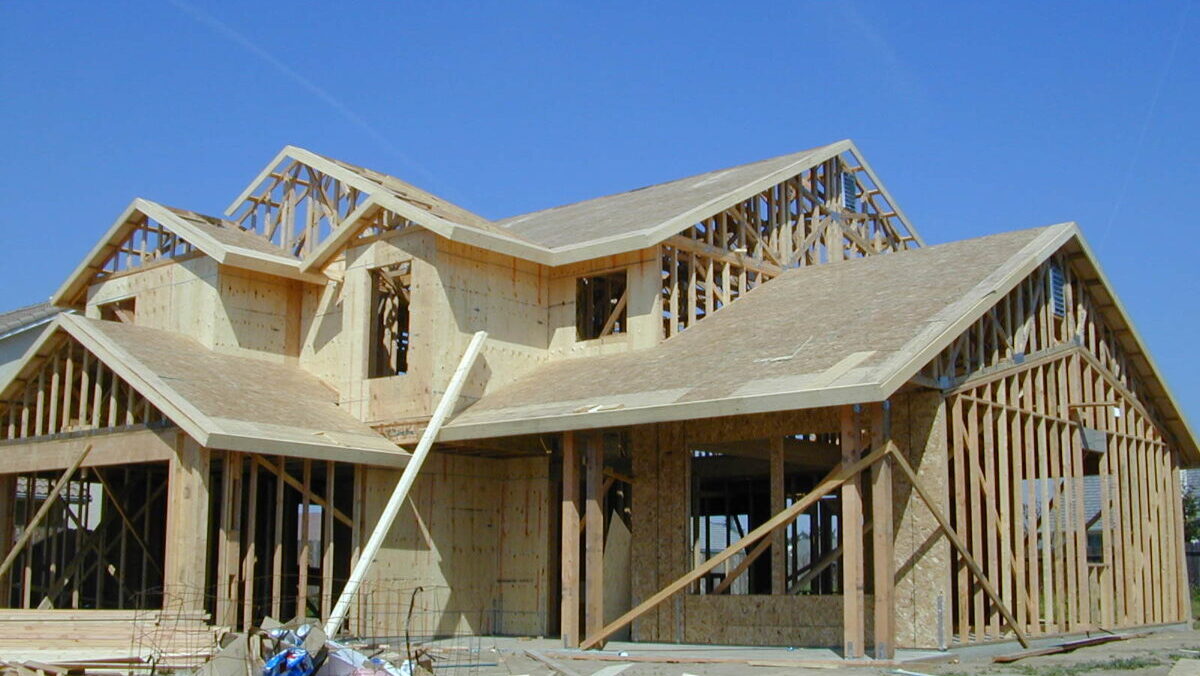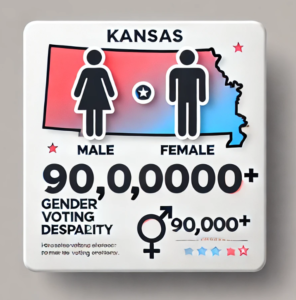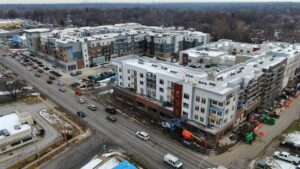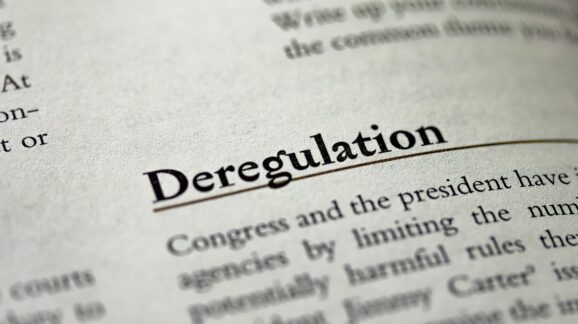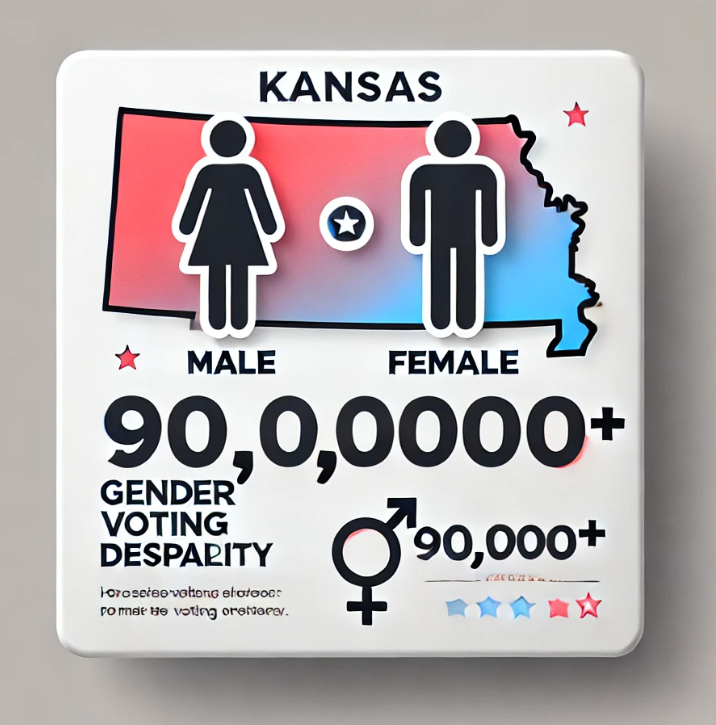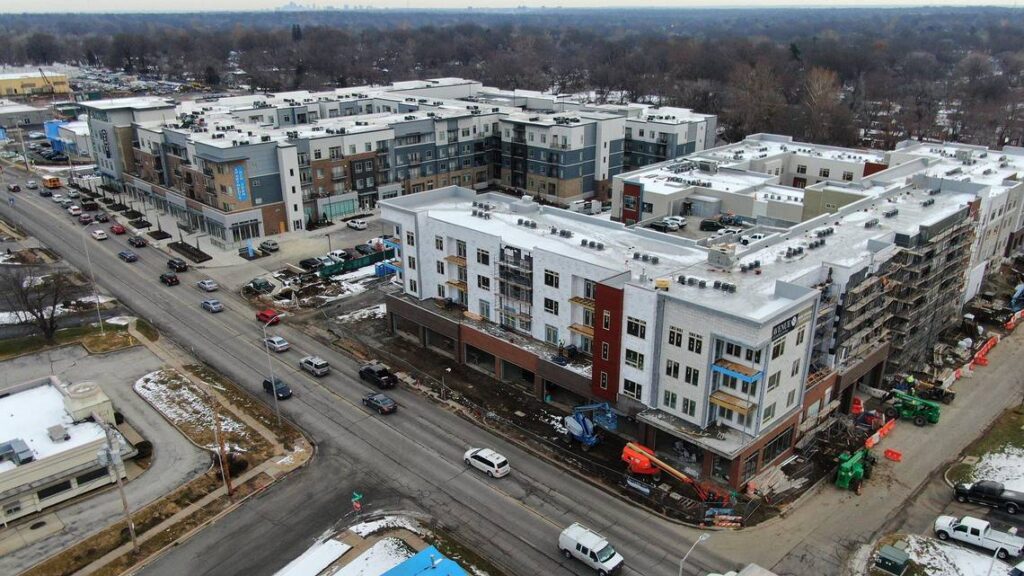Though the government purports to have solutions to the housing shortage, much of the problem can be traced back to government policies.
There has been no shortage of government plans purported to make houses more affordable in America, including most recently a $25,000 government subsidy to select first-time buyers proposed by Democratic presidential candidate Kamala Harris. However, recent reports argue that the government itself has played a pivotal role in putting houses out of the financial reach of many middle-class buyers.
“We are short, depending on who you ask, between 4 and 7 million homes nationwide, and we’re building fewer homes than we were back in the 1970s,” James Burling, a property rights attorney at Pacific Legal Foundation and author of “Nowhere to Live: The Hidden Story of America’s Housing Crisis,” said. “Part of the problem is that government is making it difficult to build.”
Burling says that “restrictions on property rights imposed by all levels of government,” including zoning laws, environmental regulations, rent control, and government ownership of land, are discouraging the construction of affordable housing. While zoning laws are the biggest culprit, he says, there are also numerous cases of agencies and activist nonprofit organizations using the Endangered Species Act to block housing construction or criminally prosecute landowners for disturbing habitats.
Edward Pinto, a senior fellow at the American Enterprise Institute, believes the solution is to shift land-use rights back to property owners. Zoning laws originated a century ago and “ultimately replaced private property rights with vague and nebulous communal rights,” he argues.
“The answer to our housing crisis is to legalize duplexes, triplexes, and other forms of light-touch density (LTD) housing,” he writes, citing 1940s New England, where two-or three-family houses comprised a third of the region’s housing stock.
Building Starter Homes Is Unprofitable
Development restrictions have made the construction of starter homes unprofitable for builders, and in response the industry has shifted toward building a smaller number of larger, more expensive houses, argues a new report from Cato economist Scott Lincicome titled “The Government’s War on Starter Homes.”
Using U.S. Census Bureau data, Lincicome reports that the percentage of new homes below 1,400 square feet fell from 40 percent of the market in 1973, when the bureau began collecting this data, to 7 percent in 2021. Two-bedroom homes dipped from 12 percent in 1973 to 9 percent in 2022, and three-bedroom homes fell dramatically from 64 percent to 43 percent, while the share of four-bedroom homes jumped from 23 percent to 48 percent.
The average size of a newly built home was more than 2,400 square feet in 2023, the National Association of Home Builders (NAHB) reported, a 50 percent increase over the 1973 average of 1,660 square feet.
Analysts say there is still an unmet demand for starter homes, but developers struggle to earn profits on them. Lincicome cites the case of a Raleigh, North Carolina, builder, who would typically sell a 1,400-square-foot house for about $240,000, but would incur expenses of $65,000 to buy the land, $126,000 in construction costs, and $43,000 in selling commissions, closing costs, concessions, taxes, fees, and interest expense.
If all goes well, the builder might realize a mere $6,000 in profit, but if the house stays on the market longer than expected, he will likely lose money.
Another builder in Minnesota estimated that one-third of his building costs went to pay regulatory fees, driving the all-in cost of building a house that could be sold for $250,000 to more than $370,000, Lincicome reported.
A 2021 NAHB study stated that the cost of regulations averaged about $94,000 per new home built. Of that, $41,000 came from the higher cost of buying land due to zoning approvals, environmental studies, and other fees. The remaining $53,000 of government-attributable costs are incurred during construction, including mandatory building fees and engineering studies, as well as labor laws for construction workers.
Government Keeping Land Off the Market
In addition, the government has taken huge amounts of land off the market. According to the Congressional Research Service, the federal government owns about 640 million acres, or 28 percent of the 2.27 billion acres in America.
In addition, state governments own 9 percent of American real estate, according to a 2018 study by Robert Nelson, a public policy professor at the University of Maryland. While federal land ownership is concentrated in western states, many eastern state governments own large percentages of the land within their borders, including New Jersey (21 percent of the state); Florida (16 percent), New York (14 percent), Pennsylvania (14 percent), Michigan (13 percent), and Minnesota (11 percent), Nelson reports.
Banking Laws Penalize Smaller Mortgages
On the demand side, a number of factors have combined to push first-time buyers out of the market. Among these, Lincicome writes, is the higher cost of writing mortgages due to new regulations in the 2010 Dodd-Frank Wall Street Reform and Consumer Protection Act. This raised banks’ overhead costs, making smaller mortgages unprofitable and taking out many community banks that traditionally issued them.
According to a 2023 report by Craig Richardson, an economics professor at Winston Salem State University, new mortgages between $10,000 and $70,000 dropped by 38 percent over the previous decade, while mortgages between $70,000 and $150,000 fell by 26 percent. Conversely, mortgages larger than $150,000 rose by 65 percent over that time.
Dodd-Frank “led to an evaporation of potential buyers,” Richardson writes, and “the squeeze in credit for these inexpensive properties, as well as the more onerous regulatory environment, has led to a rapid decline in housing prices in an area with the highest rates of poverty.”
“This is the worst possible way to increase the amount of affordable housing in a city because homeowners see their equity melt away and may even end up underwater by owing more than their house is worth,” he states.
Inflation Hits Low-Income Buyers Hardest
Perhaps one of the most significant factors putting homeownership out of reach is the inflation caused by the Federal Reserve’s lax monetary policy and approximately $5 trillion in new federal spending since 2021, following Covid-19 government lockdowns. These policies not only drove up the cost of materials, appliances, labor, and other inputs, they also increased mortgage payments.
From an average 30-year-fixed mortgage rate of 2.67 percent as of December 2020, mortgage rates shot up as high as 7.9 percent in 2023, before falling back to the current level of 6.3 percent. Monthly payments for the same amount of debt more than doubled in three years.
Immigration May Drive Prices Up Further
Unchecked immigration may also play a role in lack of housing. Current estimates are that more than 10 million immigrants may have entered the U.S. under the Biden administration, according to U.S. Customs and Border Protection.
During the vice presidential debate, GOP candidate Sen. J.D. Vance, R-Ohio, argued that housing has become “totally unaffordable because we brought in millions of illegal immigrants to compete with Americans for scarce homes.”
Government Is Here to Help
Government incentives for buyers include tax deductions for mortgage interest, tax exclusions when selling, and government-sponsored secondary markets that buy mortgages from banks to allow them to provide more home loans at long-term fixed rates. But these incentives increase the demand for housing without increasing the supply.
The Biden-Harris administration has targeted zoning laws as its solution, announcing grants of up to $10 million to jurisdictions that remove zoning restrictions. More recently, Harris promised to build 3 million new homes by offering Low Income Housing Tax Credits and giving money to select people for down payments.
“My administration will provide first-time homebuyers with $25,000 to help with the down payment on a new home,” Harris stated on X.
But some analysts are skeptical that these policies would have the intended effect.
In a Wall Street Journal op-ed, Pinto estimates that Harris’ subsidy would be available to about 4 million people at a cost of about $100 billion, and this increased demand would drive up their home prices by about 3.6 percent, or $175 billion.
“If you think governments create problems, wait till you see government solutions,” Burling said. “When the federal government started shoveling tons of money into higher education, prices went up faster than inflation.”
If the government does the same for housing, he said, “inevitably prices are going to go up because you’re going to have more money chasing the same number of homes.”
https://thefederalist.com/2024/10/18/government-is-the-cause-of-not-solution-for-skyrocketing-housing-costs
